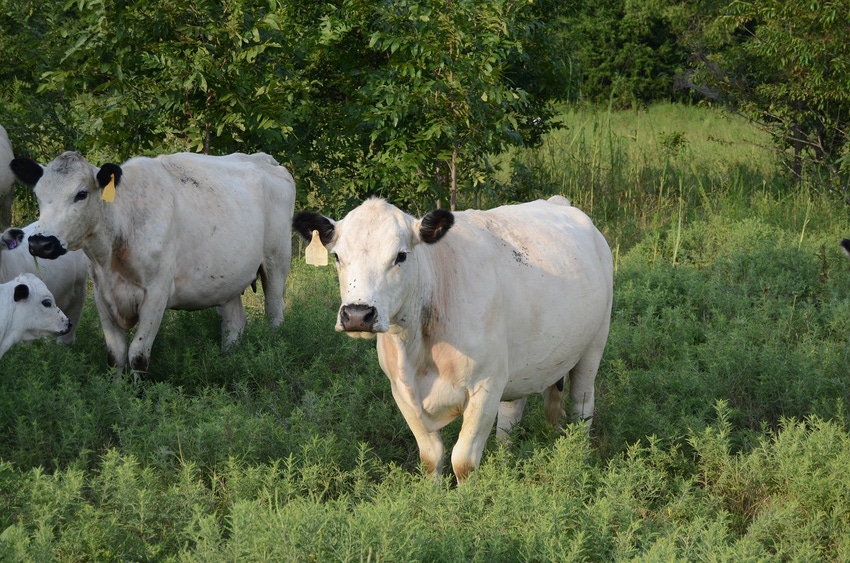
I keep seeing and hearing discussions about how people's cattle won't perform under high-stock-density grazing, and I say of course they won't. We told you so right here at Beef Producer many times.
Today's big, energy-dependent cattle were specifically selected to "perform" under optimum conditions, such as in the feedlot, and under continuous stocking with plenty of options for what to eat, plus lots of inputs, including ample hay and feed supplements.
However, once you begin to pressure your stock with more competition, slightly older forage and requirements to eat things they normally do not, in addition to pulling out most or all their feed crutches, they will no longer perform like before.
In addition, you'll no longer be able to choose cattle like your paradigms tell you, nor to select for heavy milkers, nor cows that produced the heaviest calves, nor cows for which you paid a lot of dough. Instead, you'll begin putting enough pressure on your cattle that reproduction -- or the lack of it -- will become you primary sorting tool.
Some of our articles from the recent past, particularly those from Zimbabwean rancher and consultant Johann Zietsman, can help you make this transition.
Our initial shot in this series featured the ideas about visually appraising bulls based on thickness and reproductive performance. It was called "Selection made simple: Pick the 8-in-5 package."
In the February 2014 edition of Beef Producer, Zietsman described a method of further selecting yearling bulls by ranking them according to percentage of expected mature weight attained by one year of age. Here is the formula, which depends on the standard frame score charts from Beef Improvement Federation, sometimes called the "Missouri frame score charts:"
Yearling weight / projected mature weight = % of mature weight as a yearling
This does not select for continuously smaller animals, Zietsman said. Instead it selects for the heaviest animals within a frame size, allowing nature to determine the optimum frame size.
Third, we carried a discussion on selecting for highly reproductive cows, which we must reference in two locations because of hiccups in our website as we have changed from one system to another in recent years. That story was called "Method selects for highly reproductive cows," and it appears here:
As I described in my leading paragraphs, in these stories Zietsman explained it is the type of cattle we have chosen which cause our problems. They are, by the type of selection pressures we put on them, late maturing and resource-demanding. Although modern breeding experts recommend increasing supplementation, decreasing stocking rate and improving parasite control to improve the body condition of almost any herd, Zietsman said wisely that body condition attained through feeding is neither heritable nor profitable. This is the choice you make, either knowingly or unthinkingly.
Zietsman explained in these articles, and even more clearly in his book, that the right kind of selection actually picks early physiological and sexual maturity, hormonal balance, insect and disease resistance, and true efficiency on forage under difficult conditions. This is truly heritable fertility, and it is completely in form with nature.
About the Author(s)
You May Also Like




